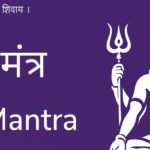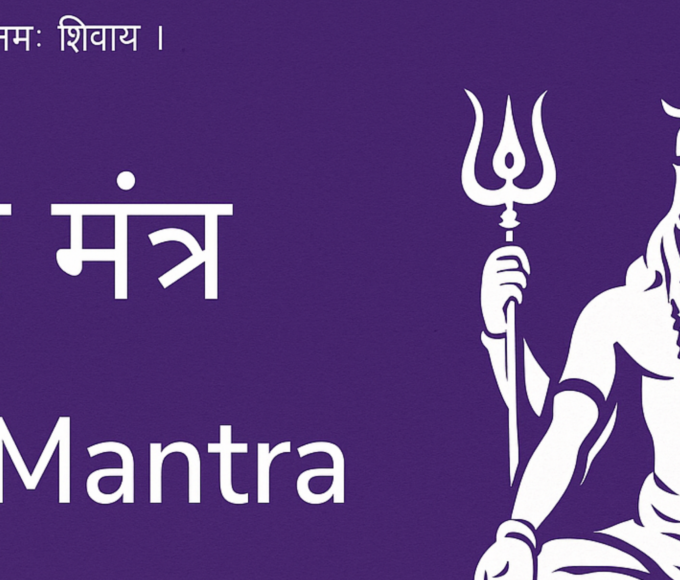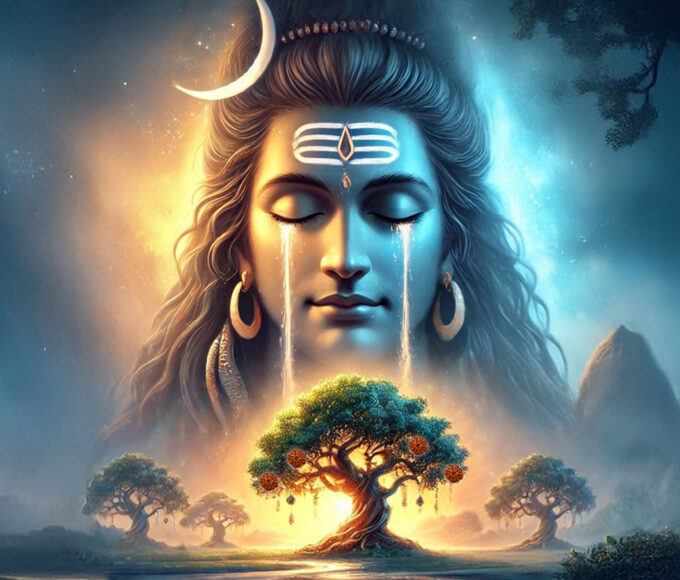Introduction: Significance of Shravan
Shravan, the fifth month of the Hindu calendar, is dedicated to Lord Shiva. This auspicious month brings blessings, prosperity, and spiritual growth to devotees who actively participate in fasting and spiritual practices. It is a time for introspection, penance, and unwavering devotion. By observing fasts and engaging in spiritual activities, devotees seek to please Lord Shiva and deepen their connection with the supreme guide.
Shravan offers an opportunity for self-reflection, seeking forgiveness, and embarking on a divine journey. Through self-discipline and devotion, devotees aim to purify their hearts and minds, experiencing the grace and blessings of Lord Shiva. This sacred month holds immense significance as devotees honor Lord Shiva, the supreme deity in Hinduism, and embrace the transformative power of Shravan in their lives.
The auspicious month of Shravan for the Northern and eastern parts of India begins on the 4th of July to the 31st of August whereas the Southern and western parts of India will observe Shravana from the 18th of July to the 15th of September. To read in detail about Shravan 2023, click here.
Here is the list of the top 10 things one should do during Sharavan:
- Observing Fasting
- Visiting Shiva Temples
- Wearing and worshiping Rudraksha
- Performing Rudra Abhishekam
- Chanting Mantras and Stotras
- Engaging in Charity
- Practicing meditation and yoga
- Participating in Kanwar Yatra
- Traveling to Char Dham
- Other rituals to perform during Shravan
Observing Fasting
During the holy month of Shravan, devotees observe fasting, particularly on Mondays also known as “Shravan Somvar.” Fasting purifies the body, mind, and soul. They avoid non-vegetarian food, alcohol, onions, and garlic. The sattvic diet in Shravan includes fresh fruits, milk, nuts, and vegetarian meals, providing essential nutrients and spiritual upliftment. It incorporates whole grains like rice, wheat, and millet, and sattvic vegetables such as spinach, carrots, and cucumbers.
Devotees avoid rajasic and tamasic ingredients like onions and garlic, choosing herbal teas like tulsi for calmness and purification. Mindfulness, hygiene, and positive energy are emphasized in food sourcing and preparation.
By following the sattvic diet and avoiding onions and garlic, devotees fulfill religious duties and experience physical and mental benefits. Shravan signifies discipline, cleansing, and heightened spirituality through mindful eating practices.
Visiting Shiva Temples
During Shravan, devotees consider visiting Shiva temples as a significant activity. They offer prayers, perform rituals, and seek blessings from Lord Shiva, expressing deep devotion and spiritual connection. These temples organize special ceremonies and abhishekams, bathing the deity with sacred offerings like milk, water, honey, and sandalwood paste.
Such rituals purify souls and create an atmosphere of devotion, with prayers and incense permeating the air. Devotees also engage in Satsang, participating in bhajans that praise Lord Shiva. Through temple visits, rituals, and spiritual gatherings, they nourish their souls and strengthen their connection with the divine. Shravan is a time of devotion, introspection, and seeking spiritual enrichment.
Wearing rudraksha beads while performing these rituals is auspicious to amplify the positive effects due to their significant energies. If you wish to know which rudraksha combination is suitable for you according to astronumerology. Click here to get your free recommendation now.
Wearing and worshiping Rudraksha
Wearing and worshiping Rudraksha beads during Shravan is a sacred practice associated with Lord Shiva. These beads, believed to be his tears, hold spiritual significance. Devotees wear them as symbols of devotion and protection. Rudraksha beads are known for their positive energy, enhancing concentration, tranquility, peace, and harmony.
Worshiping them deepens spiritual connection and seeks Lord Shiva’s blessings. Rituals and prayers are performed during Shravan to honor the Rudraksha beads. This practice allows devotees to experience the divine presence and correct malefic planetary effects.

In summary, the practice of wearing and worshiping Rudraksha beads during Shravan is a significant aspect of devotion to Lord Shiva. One can experience deep spiritual energy and can also correct their malefic planetary effects. Know which Rudraksha combination is best for you. Click here for a free recommendation by our experts.
Performing Rudra Abhishekam
During Shravan, devotees perform the sacred ritual of Rudra Abhishekam to honor Lord Shiva. This ceremony involves pouring sacred offerings on the Shiva lingam while reciting prayers and mantras. Water, milk, honey, and flowers represent different aspects of Lord Shiva’s divine qualities. Rudra Abhishekam seeks blessings for physical and spiritual well-being, fostering a deep connection with Lord Shiva.
Devotees express surrender and devotion, seeking guidance, protection, prosperity, and spiritual growth. This profound practice in Shravan allows devotees to experience inner peace and fulfillment, connecting with the transformative power of Lord Shiva’s blessings.
Different offerings have distinct significance and benefits.
1. Milk and pomegranate juice: Enhances wisdom, and intellect and also fulfills desires bringing wealth and prosperity.
2. Curd and mustard oil: Helps in acquiring property and vehicles, Also overcomes enemies and ailments.
3. Cow’s ghee and Kusha Jal: Promotes Vansh Vruddhi (family growth). Releases grief, and brings good health and spirituality.
4. Teerth Jal and Durva Jal: Strengthens the aspect of liberation (Moksha). Promotes overall health and helps overcome ailments.
5. Honey and sugarcane juice: Removes bad karma and brings great wealth.
6. Sugar-sweetened water and perfumed water: Bring a gradual and steady increase in wealth. Also brings luxuries and success.
7. Laghu Rudra Paath: Benefits those suffering from planetary Doshas, ailments, and miseries. It improves relationships, health, career, and business, and brings peace and positivity.
8. Water mixed with Bhasma (sacred ash) and rose petals: brings knowledge and wisdom.
9. Water from seven holy rivers: enhances willpower and mental strength.
10. Water mixed with milk and medicinal plants: Promotes family peace and harmony.
Chanting Mantras and Stotras
Chanting mantras and stotras dedicated to Lord Shiva is integral during Shravan. Powerful mantras like Maha Mrityunjaya Mantra and Om Namah Shivaya hold deep significance, benefiting the mind, body, and soul.
The Maha Mrityunjaya Mantra invokes Shiva’s blessings, offering protection and liberation. The Om Namah Shivaya mantra signifies surrender, purifying the mind and establishing a divine connection. Devotees rhythmically chant mantras, accompanied by traditional instruments, purifying the environment and creating a devotional atmosphere.
Group recitation amplifies spiritual power, fostering meditation, inner peace, and spiritual growth. Chanting mantras deepens the connection with the divine, purifies the surroundings, and aids the spiritual journey.
Engaging in Charity
Shravan emphasizes compassion through charitable acts. Devotees donate food, clothes, and money to the needy, volunteer, and engage in community service. These selfless actions invoke Lord Shiva’s blessings, spread love, and create a positive impact. Donating essential items and organizing meals nourish the underprivileged, symbolizing devotion and gratitude.
Devotees actively participate in health camps and animal welfare initiatives, reflecting Lord Shiva’s benevolence and promoting social welfare. These acts foster unity, gratitude, and spiritual growth while making a difference in society.

Participating in Meditation and Yoga
Meditation and yoga are vital during the sacred month of Shravan. Devotees embrace these practices to deepen their spiritual journey and connect with their inner selves. Meditation cultivates mindfulness, offering inner peace and self-reflection through focused attention and conscious breathing.
Yoga combines postures, breath control, and meditation for physical and mental well-being. It enhances strength, flexibility, clarity, and emotional stability, harmonizing the body, mind, and spirit. Devotees dedicate time to these practices, seeking mental clarity, balance, and spiritual growth. Meditation and yoga nurture a profound connection with the divine, serving as pillars in the spiritual journey of Shravan.
Participation in Kanwar Yatra
The Kanwar Yatra is a significant part of the Shravan festivities. Devotees called the “Kanwariyas”, undertake a pilgrimage to fetch holy water from the river Ganga. Carrying ornately decorated pots called kanwars, they travel on foot or in groups to Shiva temples. The yatra showcases devotees dressed in saffron attire, chanting devotional songs while carrying their kanwars.
It is an act of devotion and penance, seeking Lord Shiva’s blessings through the sacred water. Kanwariyas endure physical hardships, showing dedication and seeking unity. The Kanwar Yatra strengthens faith, fosters communal harmony, and creates a deeply spiritual atmosphere.

Other rituals to perform
To please Lord Shiva during the auspicious month of Shravan, devotees can follow various rituals. These rituals include wearing white clothes, praying to Chandra (the Moon-god), and chanting the Chandra beej mantra. Donating white items like rice, sugar, or flour, and wearing specific Rudraksha beads like the 2 mukhi, Gauri Shankar, and 20 mukhi are also recommended. Additionally, performing all auspicious rituals dedicated to Lord Shiva on Mondays and improving relations with mothers or mother-like figures hold significance. By adhering to these practices, devotees can strengthen their spiritual connection with Lord Shiva, experience divine blessings, and attain inner peace during Shravan. If you too looking for a hassle-free way of conducting all 10 Shravan Somvaar Sankalp pujas, click here to know more.
Conclusion
In conclusion, Shravan, the sacred month dedicated to Lord Shiva, offers devotees a time for fasting, temple visits, Rudra Abhishekam, mantra chanting, charity, meditation, yoga, and wearing Rudraksha beads. Participating in the Kanwar Yatra and following additional rituals like wearing white clothes and improving relations with mothers enhance the spiritual connection. These practices bring blessings, purification, and spiritual growth, allowing devotees to experience divine grace and inner peace during Shravan.
FAQs
1. Can I observe fasts on days other than Mondays during Shravan?
Yes, you can observe fasts on any day of Shravan that holds significance for you. Mondays are considered particularly auspicious, but you have the flexibility to choose other days as well.
2. Are there any specific foods I should avoid during Shravan?
During Shravan, it is advisable to abstain from consuming non-vegetarian food, alcohol, onion, garlic, and foods that are considered tamasic (impure). Opt for a sattvic diet that includes fresh fruits, milk, nuts, and vegetarian meals.
3. Is it necessary to visit a Shiva temple during Shravan?
While visiting a Shiva temple is highly encouraged during Shravan, it is not mandatory. If you are unable to visit a temple, you can create a sacred space at home and perform rituals and prayers there.
4. What is the significance of Rudra Abhishekam during Shravan?
Rudra Abhishekam is a ritual that involves offering sacred items to the Shiva lingam. It is believed to appease Lord Shiva and invoke his blessings for health, happiness, and spiritual well-being. The ritual is considered highly auspicious during Shravan.


















Leave a comment